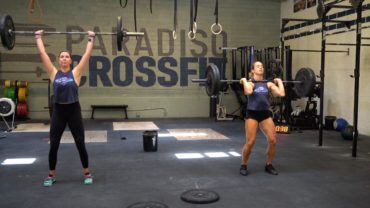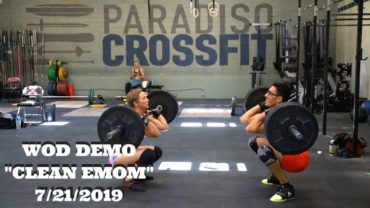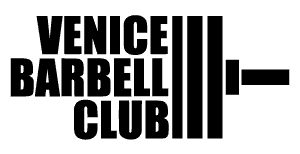Hand Balancing
3 Rounds for time of:
Run 800 meters
21 Power Cleans (155/105)
Post times to comments. how the push up is actually related to the handstand, specifically the handstand pushup, but many people still are unsure what benefits they are gaining from this movement. I like to throw around the term proprioception and spatial awareness, but does that really answer the question? Handstands, hand walking, and pressing to the handstand can be collectively referred to as “hand balancing.” The quick and obvious analysis as to hand balancing’s benefits would include improved balance and increased shoulder strength, and though accurate, ending the analysis here doesn’t speak to the singularly unique advantages to this training.
Being upside down exposes the athlete to, what is for many, a brand new world. Psychologically, physically,and physiologically, inversion is otherworldly. We spend roughly two thirds of our life upright and one third in repose. When upside down most of us lose our breath, orientation, and composure. What this portends for an athlete upended by opponent or accident is calamitous.The difference between tripping and landing on your feet versus knocking your teeth out is profound. Gymnasts’ bike wrecks don’t look like weightlifters’. Combat, nature, survival, and sport favor individuals who keep bodily and spatial awareness regardless of their orientation in three-space. The handstand is prerequisite to handsprings, walkovers, cartwheels, aerials, and flips, each of which will train for generally favorable outcomes to being tossed into space. The handstand is the first step to developing a catlike capacity for landing on your feet.
Standing on one’s hands also dramatically alters the normal kinetic chain required for standing on one’s feet. In the handstand, a much weaker base supports the body while simultaneously raising the body’s center of gravity a foot or more in a world turned upside down. Things don’t get more foreign. When standing, the hip is the focus of control and leverage. When in the handstand, the focus shifts to the shoulder. This shift not only helps develop “shoulders strong as hips” but also presents a set of unique demands on the body’s core. Many of the common motor recruitment patterns found in extending the trunk and hip while standing upright are reversed in pressing to a handstand. The enormous difficulty the beginning hand balancer encounters in bringing the hip over the shoulders and hands is due to the utter confusion of activating the extensors of the back from shoulder to hip. While upright the task of midline stabilization involves maneuvering the torso relative to the base of support-the hips and feet. While upside down the task of midline stabilization requires bringing the hips over the base of support-the shoulders and hands. The difference is profound and for most of you will be the primary obstacle to pressing to a handstand, not insufficient strength! Similarly, a potent and largely unfamiliar recruitment of the abdominals is required of pressing to a handstand. Though highly developmental of core strength and neurological adaptations like coordination, accuracy, agility, and balance, the greater point to be made is that hand walking and pressing to the handstand are gateway movements to much of the corpus of gymnastics movements and that gymnastics training, even of rudimentary movements, has no peer for core or neurological training.
-excerpts from “The Handstand” by Greg Glassman















